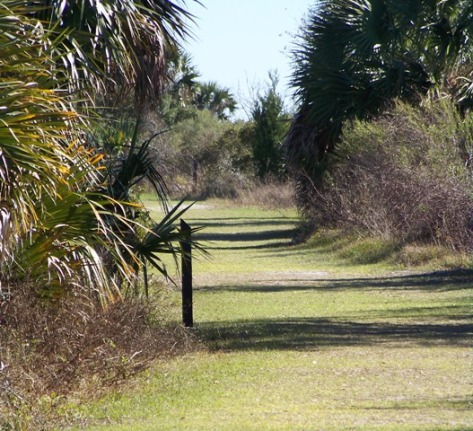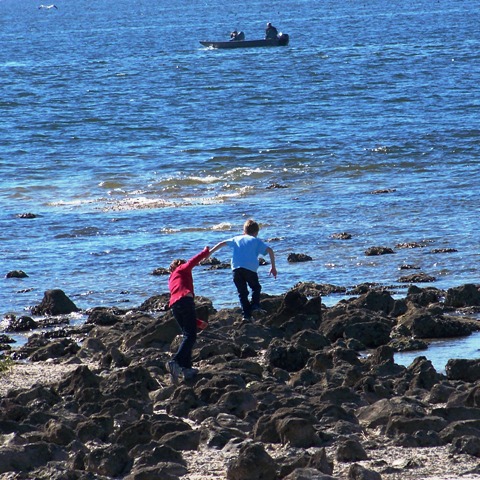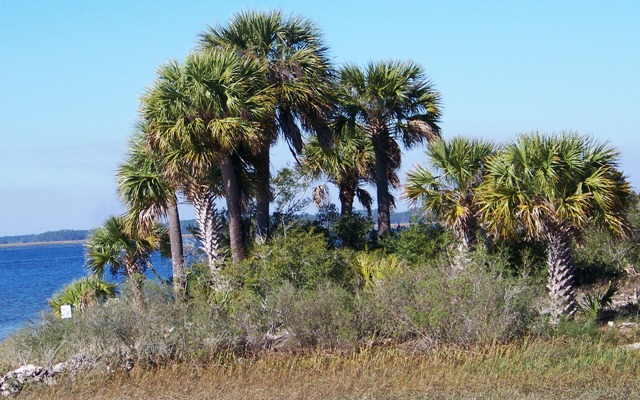Yesterday was not the day I anticipated—it was so much more–always is, no matter the day. Anticipation is never present and always future, sometimes tinged with memory. In these days of living life without Cooper, the memories are abundant, like driving to St. Mark’s Wildlife Refuge to purchase our annual pass.
Often, our February trek coincided with the fairly recent but also annual event, the Wildlife Heritage and Outdoors Festival. The luxury of living so close to the Gulf of Mexico, less than a thirty minute drive, has never been taken for granted. It is a beauty still wild.
 Low humidity, low 50s in a slow breeze, warm by any Nordic standards, it is a winter’s day in Florida. The crisp air is a refuge in itself, an annual visitor to a subtropical climate.
Low humidity, low 50s in a slow breeze, warm by any Nordic standards, it is a winter’s day in Florida. The crisp air is a refuge in itself, an annual visitor to a subtropical climate.
Not a wisp of cloud can be found in the blue sea that is the sky, yet in the shade of a towering Ponderosa pine, it’s not uncomfortable for me to wear two hoodies—a fleece from Seattle over basic black cotton from Florida—cushy winter vests are popular, too. Gloves of any kind are welcome.
Hot Tamale, a favorite musical group of mine, braves the briskness of February to entertain festival goers, breaking only for the turkey calling contest. For all afternoon, the music of Hot Tamale wafts through and around outdoor grills of sausages with grilled onions, down the single lane of exhibits and over the heads of children not always running with twigs in hands.
I marvel that Craig, Hot Tamale’s guitar player, manages to keep his guitar in tune, song after song, as he and Adrian sing us through Motown, Jefferson Airplane, Brooks & Dunn, and my all-time favorites, Hot Tamale originals. For two hours, I immerse myself in this winter’s day’s music, a refuge medley.
The shade from the Ponderosa pine broadens as the sun moves closer to 3 o’clock. It is time to begin the drive  between the festival site and the shores of the Gulf. Memories of past trips are quickly displaced by every image that is. It happens every time in this place primeval. The refuge diminishes all human presence for it is raw with life.
between the festival site and the shores of the Gulf. Memories of past trips are quickly displaced by every image that is. It happens every time in this place primeval. The refuge diminishes all human presence for it is raw with life.
As I drive, Cooper is with me as much as he is not: heart-centered is a term I remember someone giving me. I liked it so much I wanted to discover its meaning on my own. And in that moment, I do: it is joy absorbing physical absence, fleeting but nonetheless felt.
I park the car, and the tide of memory rolls in: I am taking a photograph of the lighthouse, believing it to be a view I did not have. Cooper is content to remain in the car; perhaps, he knew it was just another picture of a lighthouse with trees. Cooper was tired is what I remember as the image of our last trip to the refuge fades.
The sun is now lower than three in the sky but not yet four as I walk down a path Cooper and I never did walk. It is a shortcut to the path he and I always walked, a new way to the path’s end where we always rested. I realize path’s end has been my destination the entire day.
For a moment, I am awash in memory again: I am missing Cooper’s curiosity, his constant enthusiasm for the present, no matter where we were. No matter where we were…the realization of what that means jolts me. I had been clinging to the memory of Cooper’s curiosity rather than rediscovering my own, as he had shown me time after time.
Just as Cooper found joy and enthusiasm in recognizing and rediscovering the scents of the refuge, I started taking photographs of the point, the palm tree, the “island” that is only another point of land, all images I seem to record every February’s first trip to the refuge in winter.
They are the same and not the same, as Cooper is heart-centered, new and familiar with the scent of life ongoing.


